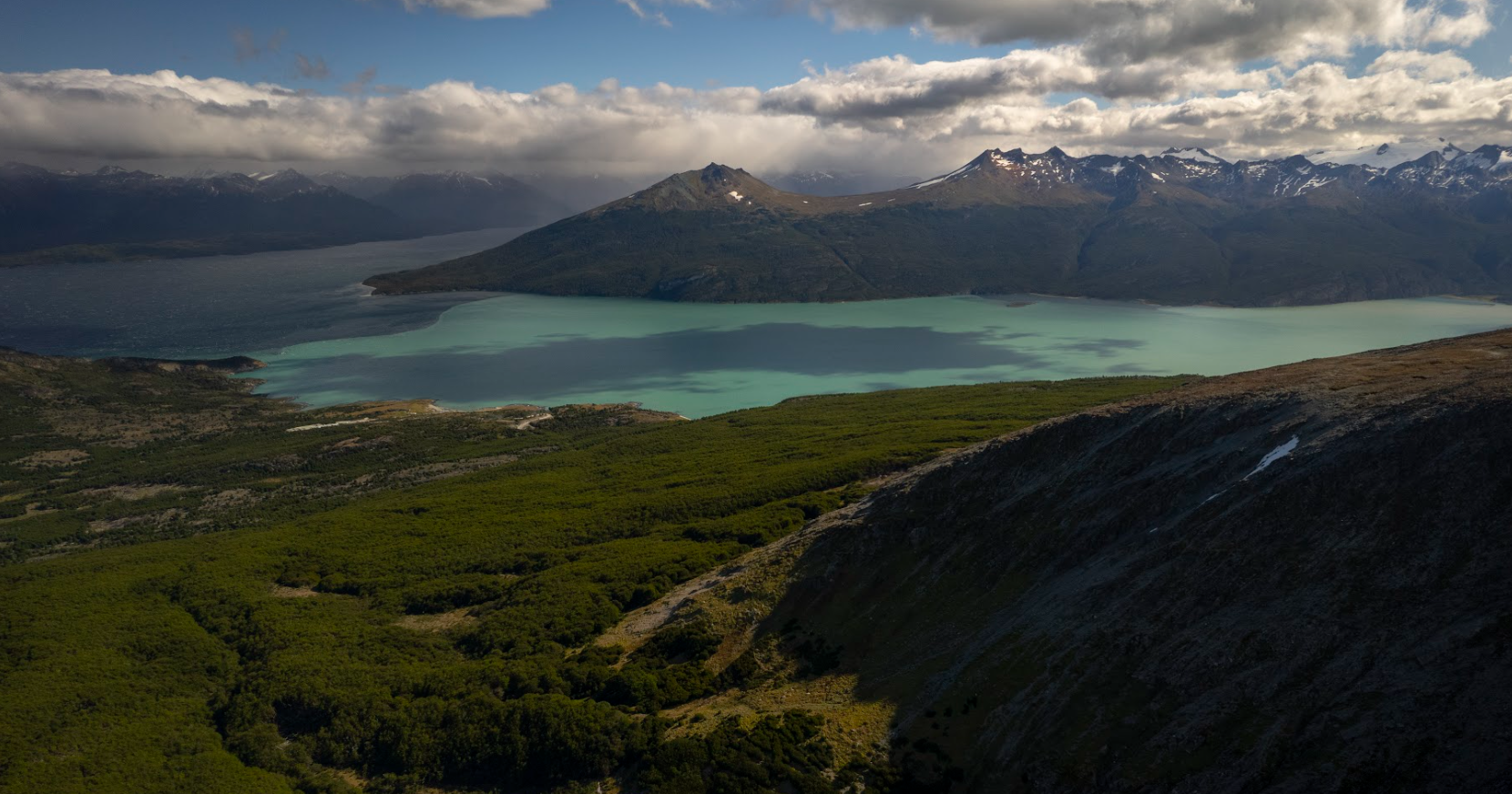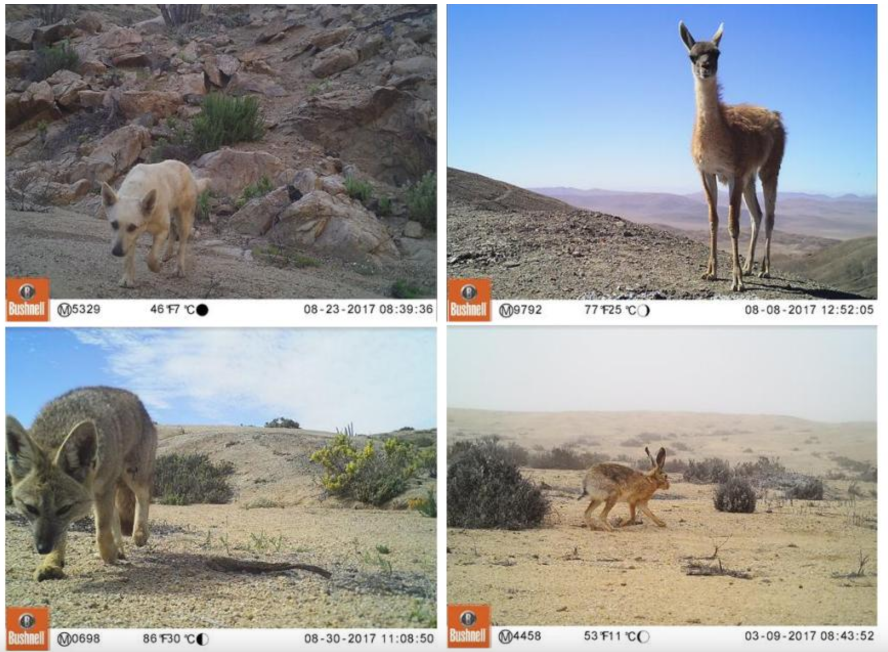
Photo Credit: Justin Grubb
Conservation in Practice with Corporación Nacional Forestal
Using the Conservation Standards to manage diverse ecosystems
Third place in the 2020 Case Study Competition
by CONAF
Chile boasts a diverse array of protected areas, reflecting its commitment to environmental conservation. These areas encompass a wide range of ecosystems, from pristine Patagonian wilderness to arid deserts and lush temperate rainforests. The country is home to over 100 national parks, reserves, and monuments, safeguarding critical habitats and numerous endemic species. These protected areas not only contribute to biodiversity conservation but also serve as important sites for research, education, and sustainable tourism, attracting nature enthusiasts from around the world to explore Chile’s natural wonders. The Chilean government’s dedication to preserving these landscapes ensures the long-term protection of their unique ecological and cultural values.
The National System of Protected Wilderness Areas of the State of Chile (SNASPE) has 101 Protected Areas (National Parks, National Reserves and Natural Monuments), which cover more than 14.7 million hectares of national land territory and have been administered by the National Forestry Corporation (CONAF) since 1974. Within CONAF, the Management of Protected Wilderness Areas is subdivided into a national office, 16 regional offices and 101 Protected Wilderness Areas, with close to 1,000 employees throughout the country. Like most Park Systems in the world, the management of these territories presents important challenges: financial, territorial representativeness of ecosystems, increased demand for tourist visits, threats (fires, exotic species, extraction, etc.), and organizational, given its large territorial extension and geographical isolation in protected areas. Thus, guaranteeing adequate management under a common vision and way of working, or a system, presents important challenges. In this context, CONAF considered the need to strengthen the management of protected areas to increase their efficiency in achieving their conservation objectives, as well as improve the delivery of the multiple benefits that it provides to society. In 2015, CONAF began a process to install adaptive management and the measurement of management effectiveness through the use of the Open Standards for Conservation as a norm for the management of protected areas of the State of Chile.
This case illustrates how the Conservation Standards can be used by diverse environmental organizations (and, in this case, a nationwide network) to implement and evaluate a wide range of activities to address multiple threats.
Learn more about how the steps of the Conservation Standards were used to address conservation challenges facing Chile’s national System of Protected Areas by exploring the document above.

Staff members who worked on this project celebrate the Standards and how they have helped with adaptive management of Chile’s diverse ecosystems.

Conservationists and community partners are essential in the collection of data and in the implementation of the conservation plans.

In order to manage habitats for the benefit of wildlife, trail cameras were used to survey wildlife populations and movements within the system of protected areas.
Download CS
The Conservation Standards is the product of inputs, field tests, and discussions among members of the Conservation Measures Partnership (CMP), which has final editorial authority over the Conservation Standards. Substantial input was also provided by members of the Conservation Coaches Network (CCNet) and other CMP partners.
Photo Credit: Felix Cybulla
Support CS
The biodiversity conservation community is tackling large, complex, and urgent environmental problems where the stakes are high. However, we don’t have a fully functional system to assess the effectiveness of our actions. Without more rigorous measurement of effectiveness and disciplined recording of our efforts, we cannot know or demonstrate that we are achieving desired results.
Photo Credit: Felix Cybulla
Our Collaborators
Every organization, agency, project, and individual has its own preferred set of terms. There is no right answer – the most important thing is that the members of your project team and the people with whom you work have a clear and common understanding of whatever terms you choose to use.
Photo Credit: Chris Scarffe
Contact Us
To inquire about supporting Conservation Standards (CS) or for general inquiries, please contact us at CMPinfo@ConservationMeasures.org
Photo Credit: Nature Conservancy of Canada
